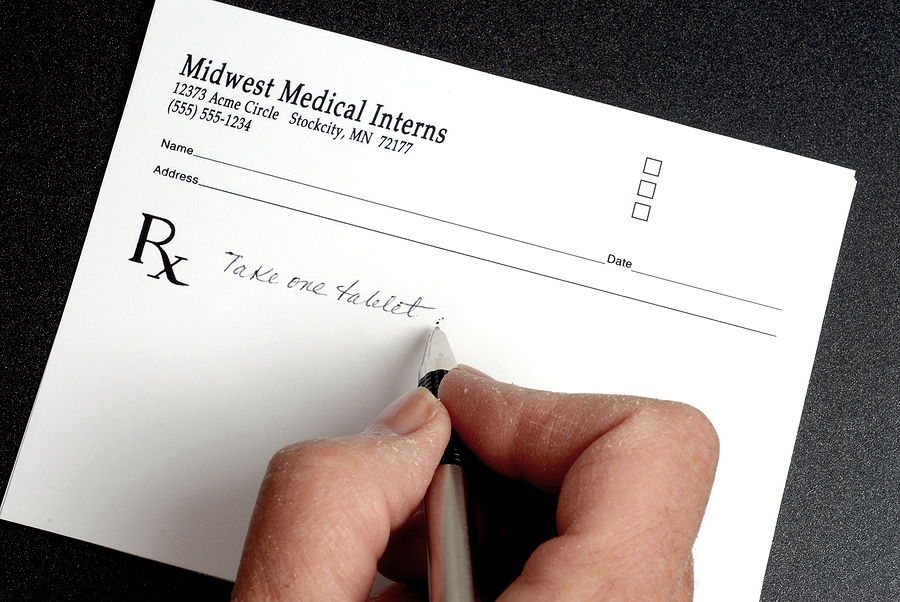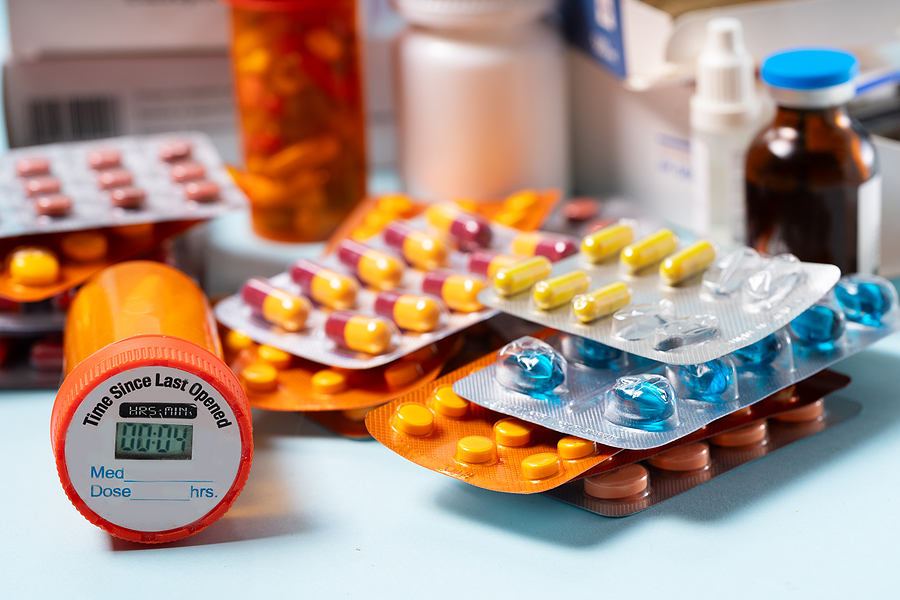Pharmacy technician careers continue to grow in demand, offering stable employment, competitive salaries, and opportunities for advancement in the healthcare sector. However, success in pharmacy technician programs requires more than just interest in the field. Students who thrive in these programs typically enter with specific foundational skills and knowledge that prepare them for the rigorous curriculum.
Whether you’re considering pharmacy technician school or already accepted into a program, understanding these prerequisites can significantly improve your educational experience and outcomes. This guide outlines the essential academic, technical, and personal foundations that contribute to pharmacy technician program success.
Academic Foundations: Key Subject Knowledge
Mathematics Proficiency
Strong mathematical skills form the cornerstone of pharmacy technician work. Before beginning your program, ensure competency in:
- Basic Arithmetic: Addition, subtraction, multiplication, and division without calculators
- Fractions and Decimals: Converting between formats and performing calculations
- Percentages: Calculating percentage strength of solutions and discounts
- Ratios and Proportions: Essential for dosage calculations and compounding
- Metric System: Comfortable working with metric measurements and conversions
- Algebra Basics: Solving for unknown values in medication formulas
Many pharmacy technician programs include a math assessment during the application process. If mathematics isn’t your strong suit, consider refreshing these skills through pre-program courses or online tutorials.
Science Background
While extensive science education isn’t required, basic knowledge in these areas provides valuable context:
- Basic Chemistry: Understanding solutions, compounds, and chemical reactions
- Human Anatomy and Physiology: Familiarity with body systems and their functions
- Medical Terminology: Recognition of common prefixes, suffixes, and root words
Students with previous biology, chemistry, or health sciences coursework often have an advantage during the early stages of pharmacy technician programs.
Language and Communication Skills
Pharmacy technicians must communicate clearly with both healthcare professionals and patients:
- Reading Comprehension: Ability to understand technical materials and instructions
- Writing Skills: Clear documentation and accurate record-keeping
- Verbal Communication: Articulating information precisely and understandably
- English Proficiency: Sufficient for professional healthcare communication
For non-native English speakers, achieving comfortable proficiency before beginning the program is highly recommended.
Technical Abilities and Computer Skills
Modern pharmacy work relies heavily on technology. Entering with these skills will reduce your learning curve:
- Basic Computer Literacy: File management, internet research, email communication
- Typing Proficiency: Speed and accuracy for data entry tasks
- Familiarity with Office Software: Word processing, spreadsheets, and presentations
- Database Concepts: Understanding how information is stored and retrieved
- Attention to Detail: Precise data entry and verification skills
Many pharmacy technician programs assume students already possess basic computer skills and focus instruction on pharmacy-specific software systems.
Personal Qualities and Soft Skills
Beyond academic and technical prerequisites, certain personal qualities strongly correlate with pharmacy technician program success:
- Attention to Detail: Essential for accurate medication dispensing
- Organizational Skills: Managing multiple tasks and priorities efficiently
- Ethical Judgment: Understanding confidentiality and integrity requirements
- Stress Management: Handling pressure while maintaining accuracy
- Customer Service Orientation: Positive attitude toward helping patients
- Teamwork Abilities: Collaborating effectively with pharmacists and colleagues
- Time Management: Meeting deadlines and managing coursework efficiently
Experiential Advantages: Helpful Prior Experiences
While not strict prerequisites, these experiences can provide valuable context:
- Retail Experience: Familiarity with customer service environments
- Healthcare Exposure: Understanding of medical settings and protocols
- Volunteer Work: Demonstration of community service orientation
- Job Shadowing: Realistic expectations of pharmacy technician duties
Comparing Program Prerequisites: Formal vs. Functional Requirements
Most pharmacy technician programs have both formal requirements (documented prerequisites) and functional requirements (skills needed but not formally tested). Understanding both types helps you prepare effectively:
| Prerequisite Category | Formal Requirements (Typically Verified) | Functional Requirements (Not Always Tested) |
| Educational Background | High school diploma or GED | Science and math coursework |
| Math Skills | Basic math assessment or course | Mental math abilities, conversion skills |
| Language Proficiency | English proficiency tests for ESL students | Professional communication abilities |
| Computer Skills | Often none specified | Typing speed, software familiarity |
| Personal Qualities | Background check, drug screening | Attention to detail, organizational abilities |
| Physical Requirements | Ability to stand for extended periods | Manual dexterity for handling medications |
| Prior Experience | Generally none required | Customer service or healthcare exposure |
| Certifications | None for program entry | CPR certification may be helpful |
Learn more about How to Become a Pharmacy Technician.
Preparation Strategies Before Program Start
If you identify gaps in your prerequisite knowledge or skills, consider these preparation strategies:
- Take a Pre-Pharmacy Math Course: Many community colleges offer pharmacy calculations preparation
- Brush Up on Medical Terminology: Use online resources or community education classes
- Practice Computer Skills: Improve typing speed and familiarity with common software
- Review Basic Chemistry Concepts: Focus on solutions, compounds, and measurements
- Shadow a Pharmacy Technician: Gain realistic expectations of the work environment
- Strengthen Study Skills: Develop effective note-taking and test preparation habits
- Practice Time Management: Create schedules and priorities before program intensity begins
Frequently Asked Questions
Do I need prior healthcare experience to succeed in a pharmacy technician program?
Prior healthcare experience is not required for success in most pharmacy technician programs. While experience in healthcare settings can provide helpful context, programs are designed to train individuals with no previous background. Your success will depend more on your academic preparation, attention to detail, and commitment to learning the material. Many successful pharmacy technicians come from retail, customer service, or completely unrelated backgrounds.
Is advanced math knowledge necessary for pharmacy technician training?
Advanced mathematics like calculus or statistics is not necessary. However, solid proficiency in basic arithmetic, fractions, decimals, percentages, ratios, and basic algebra is essential. Pharmacy calculations require precision and confidence with these foundational math skills. Many programs include math refresher modules, but entering with strong basic math abilities will significantly reduce your stress and increase your chances of success.
How important are computer skills for today’s pharmacy technician students?
Computer skills have become increasingly important as most pharmacies are now highly automated. At minimum, students should be comfortable with basic computer operations, typing, internet navigation, and standard office software before beginning a program. While programs will teach pharmacy-specific software systems, those who struggle with basic computer operations often fall behind in modern pharmacy technician curricula.
Can I work full-time while completing a pharmacy technician program?
Many students successfully balance work and pharmacy technician programs, but time management becomes crucial. Part-time programs specifically designed for working students offer more flexibility. For full-time programs, students who work more than 20-25 hours per week often find the combination challenging. Success depends on your personal circumstances, existing knowledge base, and support system. Many programs offer evening or weekend options specifically to accommodate working students.
What if English is my second language? Will this affect my success in the program?
While English language learners can certainly succeed in pharmacy technician programs, proficiency in professional English is important. Pharmacy work requires precise communication with healthcare professionals and patients, including understanding subtle differences in medical terminology. Many programs recommend ESL students achieve intermediate to advanced English proficiency before enrollment. Some schools offer specialized ESL support services or preparatory courses specifically for healthcare programs.
Are there any physical requirements I should be aware of before starting a program?
Pharmacy technician work typically requires standing for extended periods, manual dexterity for handling small objects like pills, and occasionally lifting up to 20 pounds. Programs often include lab components that simulate these physical demands. Students with physical limitations should discuss potential accommodations with program administrators before enrollment, as many schools can provide reasonable adjustments while still meeting educational requirements.









